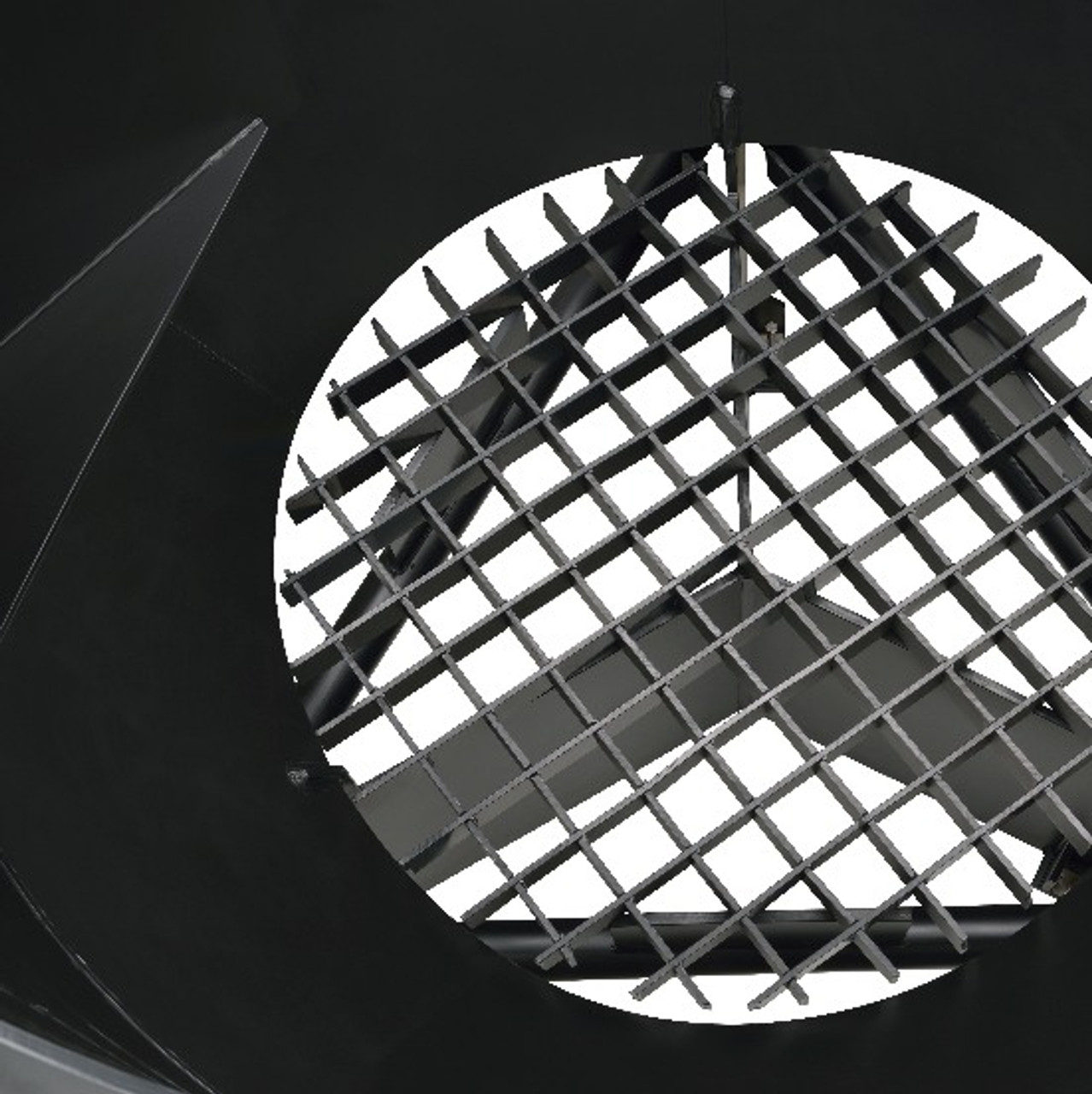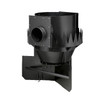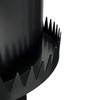Product Description
The 3P HydroShark advanced vortex particle separator removes solid particulate pollution from plastic rubbish to microplastics and fine silt from the stormwater runoff from roads, car parks and industrial sites. This certified stormwater treatment device delivers the advantages of a lamella clarifier's performance within the space saving compactness of a manhole chamber.
The HydroShark design principles are based on multi treatment water purification processes, removing 50% of Total Suspended Solids (TSS) and exceeding all international standards. This series of advanced performance particle separators has been certified according to the specifications of the New Jersey Department of Environmental Protection (NJDEP). It has been formally assessed for the removal of TSS Fine, between for 0-200 microns. It is widely thought to be the new market leader in performance, removing over 50% of fine total suspended solids (TSS) at design flows.
This particle separator provides full stormwater treatment (at the flow rates detailed below). The treated outflow waters are so reliable and safe that they can usually be discharged directly to receiving waters be that groundwater, rivers, surface water systems or even to the sea. Equally the 3P HydroShark can be deployed in a multistage SuDS Treatment Train, providing a certainty of treatment over its design flow range.
Pollution that is removed from Stormwater Runoff by the 3P HydroShark
Pollution captured within the 3P HydroShark can be safely and easily removed before they reach streams, soakaways or infiltration cells (once TSS is in a soakaway system it usually cannot be removed). The pollution that the 3P HydroShark removes from receiving waters includes:
Sediments (TSS) - SuDS MI = 0.5
within the Total Suspended Solids (TSS) of any stormwater runoff, it is the fine particles carry the most contamination. The 3P HydroShark removes these sediment bound contaminants.
SUDS Mitigation Indice is MI = 0.5. The 3P HydroShark removes over 50% of fine TSS (0-200 microns median size 63 microns) at design flows. It is the market leader in this regards
Plastics and Microplastics
3P HydroShark retains large gross floatable and non-floatable pollutants. These larger items are known as macroplastics for example, plastic straws, bags, wrappers, takeaway cups and cans. The Vortex Separaton and sedminetaion processes also remove microplastics, for example, rubber tyre dust, road material and road marking paint dust and plastic pellets - nurdles. Read our Plastic Pollution from Roads article for further information about this often overlooked area of plastic pollution in our rivers and oceans.
HYDROCARBONS & PAHs
3P HydroShark is highly effective at removal of sediment bound hydrocarbons. Some HC and PAH have low solubility in water, and so removal of the finer sediment fractions is particularly effective in reducing Total Hydrocarbon concentrations.
METALS - SUDS Mitigation Index MI = 0.4
Some metals are sediment bound, typically about 2/3 of the pollutant load is particle bound for Zinc and Copper. Nutrients like P and N are also often sediment bound, and the 3P HydroShark reduces eutrophication of receiving waters. SUDS MI = 0.4. For removal of a higher percentage of metals devices like the 3P Hydrosystem (or ACO Quadracepator or Polypipe Rigistorm X4) are required.
Silts and Sands
3P HydroShark also removes particles right down into the the fine silt fractions. Some devices remove only sand fractions. Most products called "silt tarps" cannot possibly retain any meaningful amount of silt at all. 3P HydroShark removes silts and sands. The 3P HydroShark is specifically designed to target the mass of contamination which is bound to the surface of the finer particles, not just the relatively inert coarse grained sands, which are of little or even no pollution control interest.
The 3P HydroShark has been tested for TSS removal using a particle size distribution of between 0 and 200 microns.
How the 3P HydroShark Particle Separator Removes Plastic Pollution and other Material
(see image above for number references)
- Incoming stormwater is deflected into a radial flow pattern.
- Vortex flow ensures solids settle to the sludge chamber, floatables are retained at surface.
- Solids pass down into the sludge chamber below the treatment chamber. Remobilisation of the retained solids is not possible, flow baffles and a grill prevent this.
- Cleaned water flows up the outer chamber in an even flow distribution.
- Water flows over the toothed balancing weir to the annular flow channel surrounding the treatment chamber.
- Clean stormwater passes to the outlet to discharge to the water environment.
- Retained solids are easily removed by vacuum hose, once the flow grill lift chain is operated.
Technical Information
HydroShark 1000
- Max Dimensions: 1950mm high x 1690mm diameter
- Material: Polypropylene
- Shaft Diameter Required: 2000mm
- Connection: DN 600
- Treatment Flow Rate: 80 l/s
- Sediment Storage Capacity: 1.7m3
- Oil/Debris Storage Capacity: 569 litres
SuDS Treatment Train
The 3P Treatment Products can be used in series or in isolation within a SuDS treatment train. The 3P HydroSystem multi-stage device removes dissolved and bound contaminants. The 3P HydroSystem should be used in the most sensitive sites in order to target dissolved pollutants. Sediments in a 3P HydroShark can be safely and easily removed before they reach streams or infiltration cells. Once TSS enters a soakaway system, it usually cannot be removed. Once pollution enters our aquifers, it is practically impossible to remove, without expending vast quantities of money and resources.
Further Information
Plastic Pollution from Roads article.
Please contact us to discuss your project requirements. We and our partners can work with your scheme designer.











